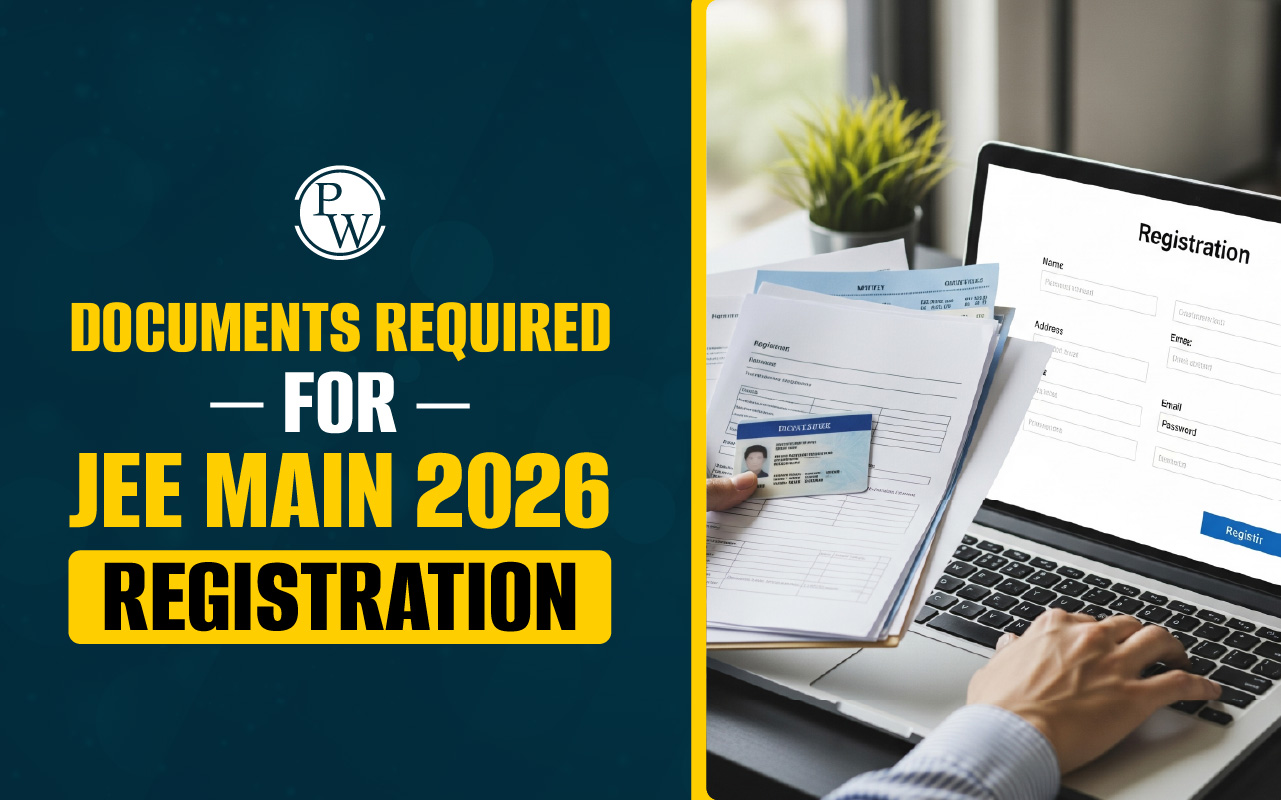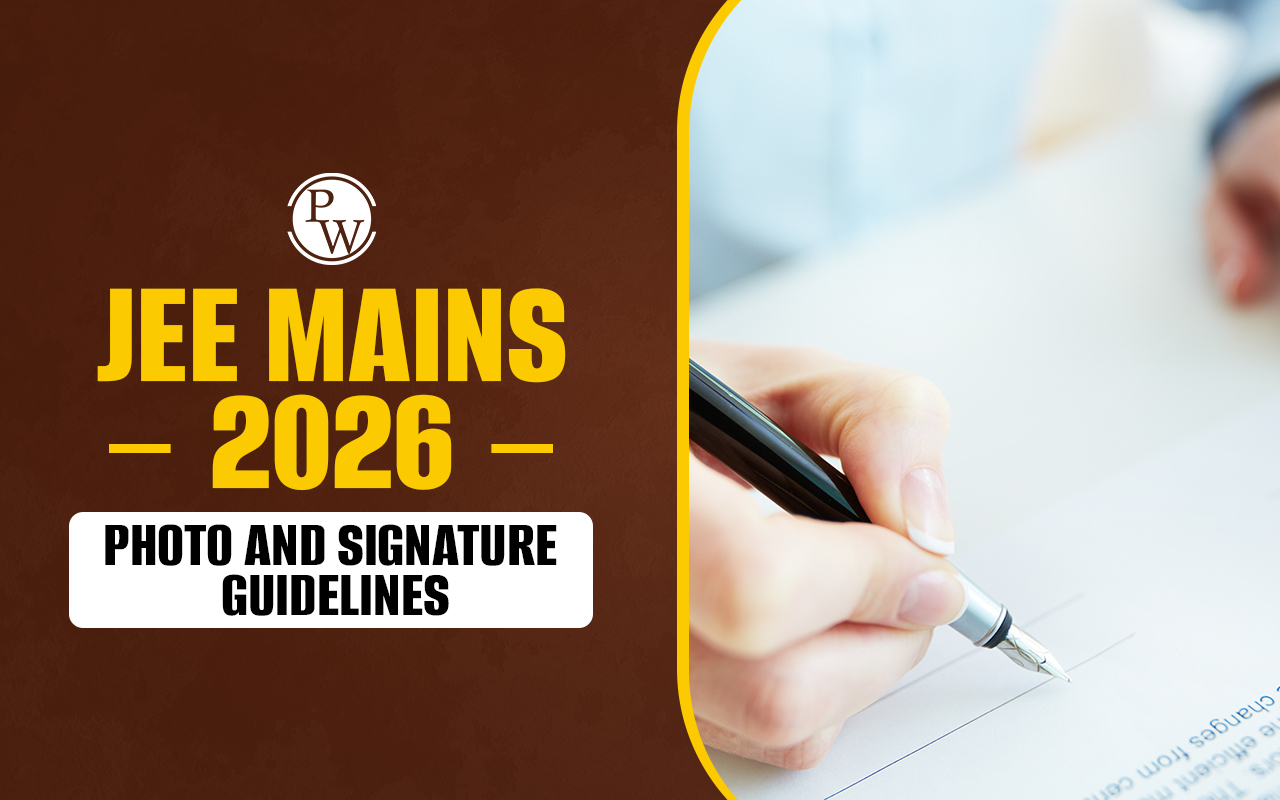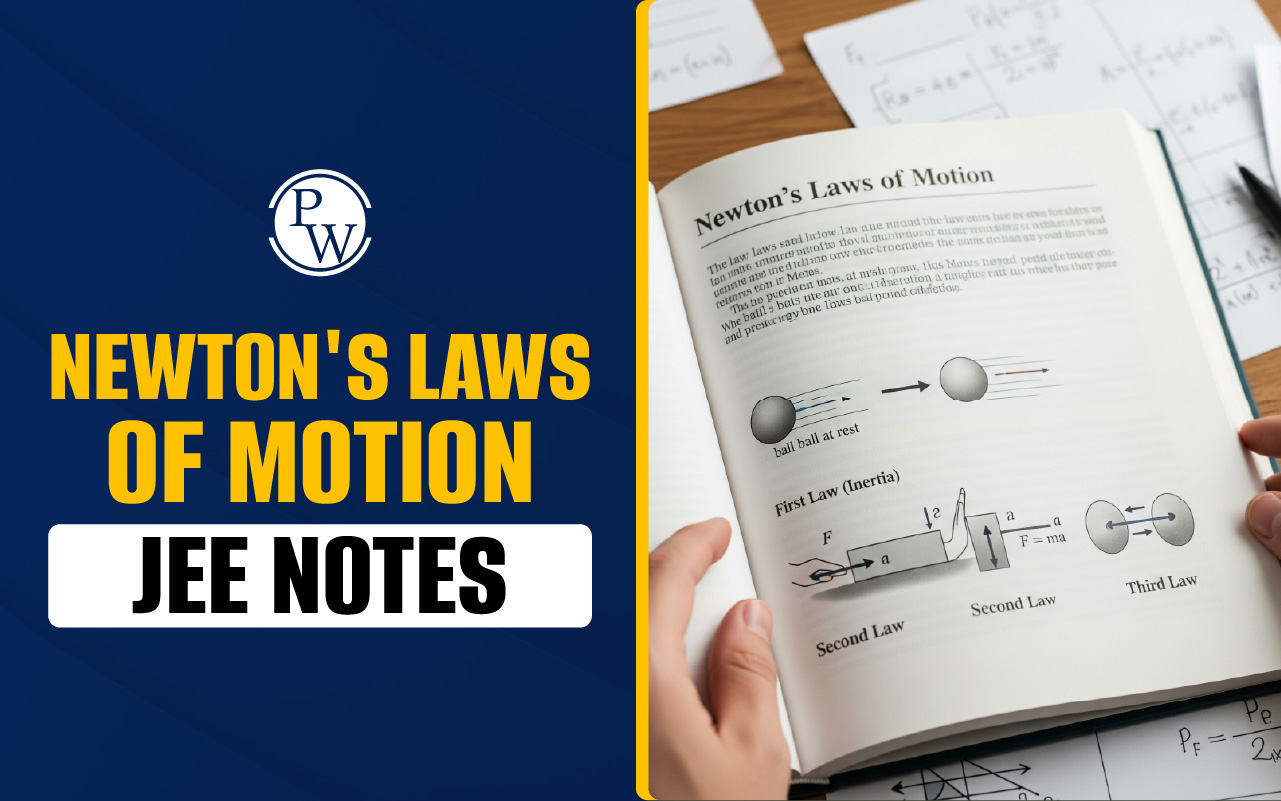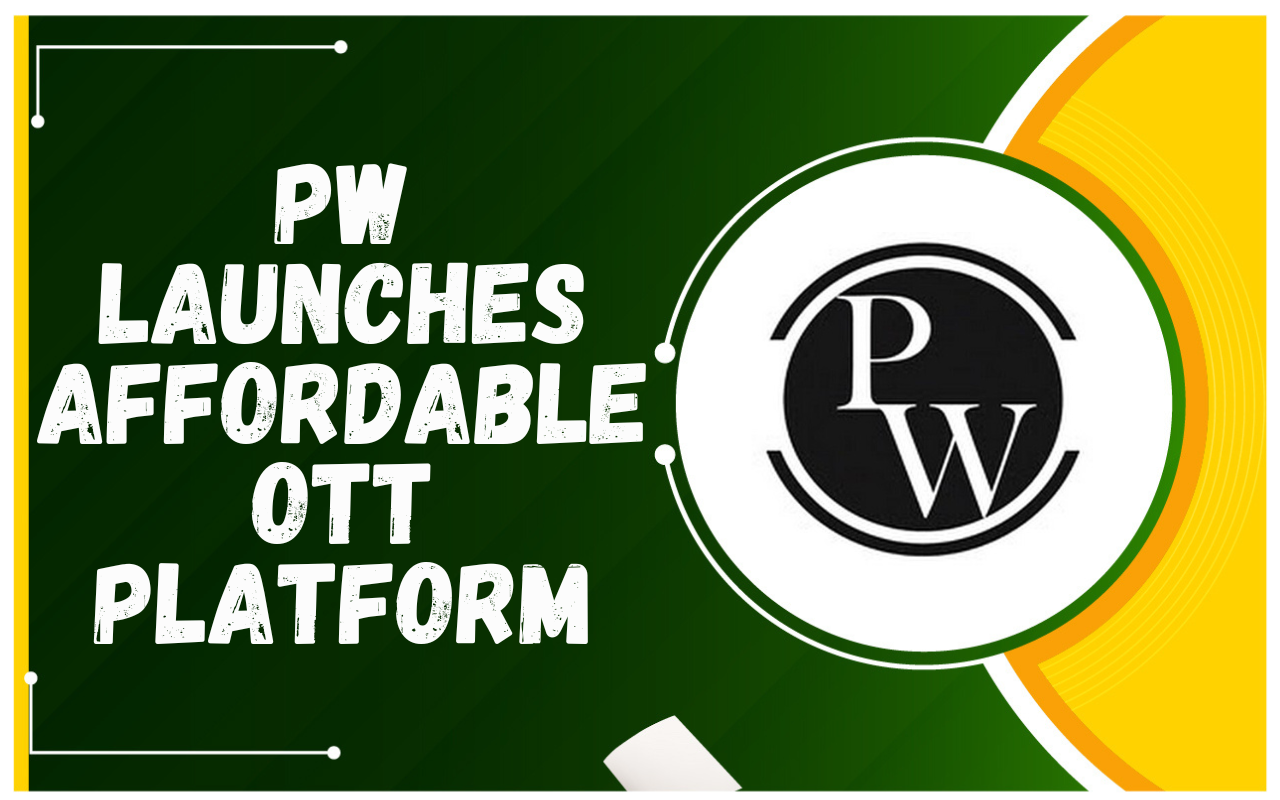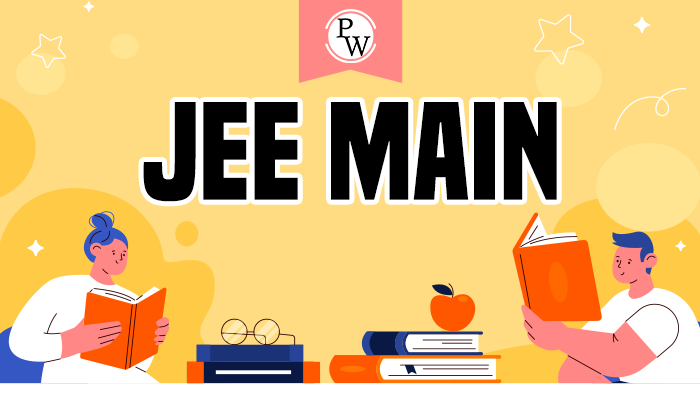
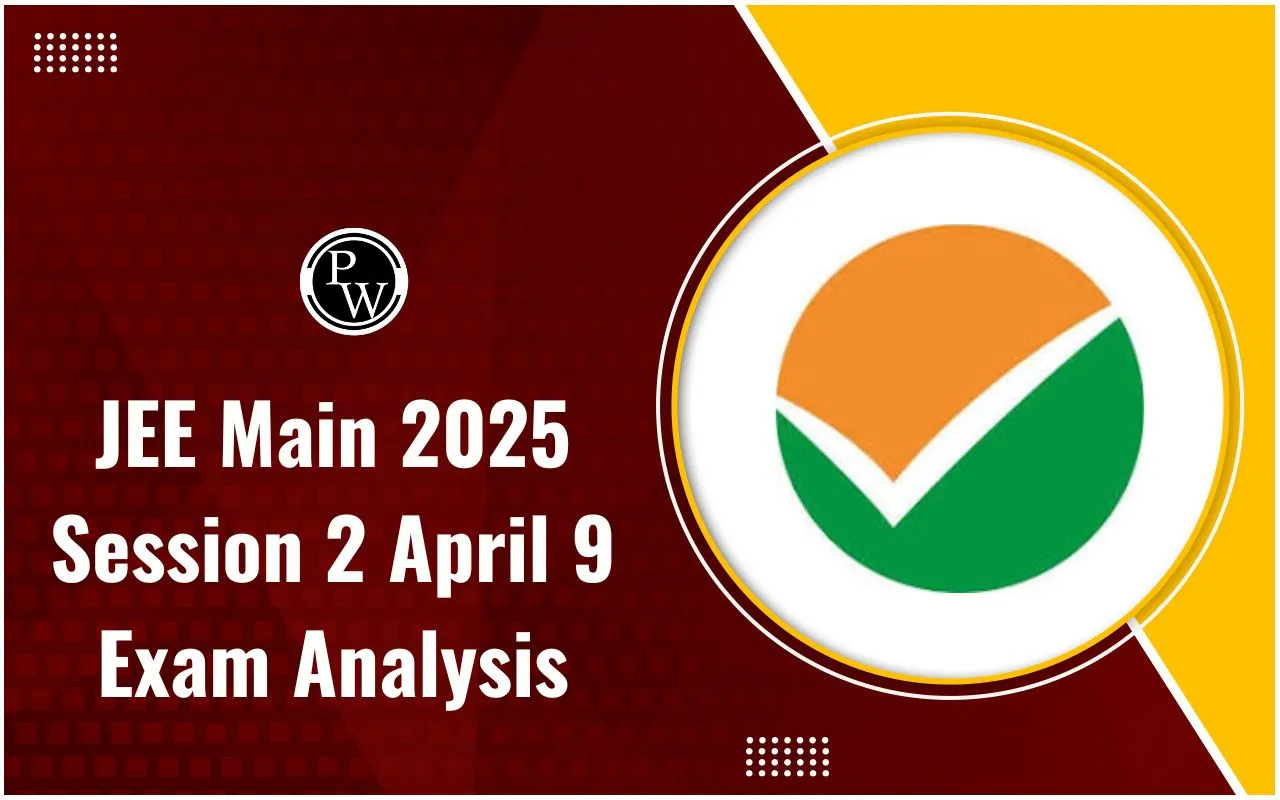
JEE Main 2025 Session 2 April 9 Exam Analysis : JEE Main 2025 April 9 exam for Paper 2 (B.Arch and B.Plan) is now over. The National Testing Agency (NTA) conducted the exam in a single shift starting from 9 AM. For students who appeared in either B.Arch or B.Plan, the exam ended at 12 PM. Those who attempted both papers had their exam extended till 12:30 PM.
The detailed JEE Main 2025 Session 2 April 9 Exam Analysis is now available based on students’ initial reactions and the memory-based questions shared by them. Students can now check the full JEE Main 2025 April 9 paper analysis, subject-wise difficulty level, and important topics that were asked in the exam.
JEE Main 2025 April 9 Paper 2 Analysis Out
The JEE Main 2025 April 9 Paper 2 exam has been completed. This paper was for students appearing in B.Arch, B.Plan, or both. The exam was held in one shift, starting at 9 AM. For students who gave only B.Arch or only B.Plan, the exam ended at 12 PM. But for those who gave both papers together, the exam went on till 12:30 PM.
-
As per the reactions of students who appeared today, the overall difficulty level of the paper was moderate to easy. Many students shared that the paper had direct and NCERT-based questions, especially in the Aptitude and Planning sections.
Compared to other sections, Mathematics was slightly tougher. Questions in Maths were a bit time-consuming for many students but still manageable. The Aptitude and Planning sections were mostly simple and scoring.
JEE Main 2025 April 9 Paper 2 Section-Wise Analysis
-
Mathematics Section: Students found the Mathematics part a little tricky. Some questions took more time to solve. Important topics in math included Vectors and 3D Geometry, Probability, parabolas, Geometry, and Conic Sections. These topics carried more weight in today’s paper.
-
Aptitude Section: The Aptitude section was simple and many students completed it quickly. High-weightage topics included Spatial Reasoning, Visualization, Patterns, and some general knowledge-based questions like names of architects and their works.
-
Drawing Section (for B.Arch.): In the Drawing part, students were asked to sketch portraits and create abstract art. Those who had good drawing practice found this part easy and time-friendly.
-
Planning Section (for B.Plan): The Planning questions were mostly theory-based and related to Town Planning and basic General Knowledge topics. Students who revised these areas found it very scoring.
JEE Main 2025 April 9 Paper Analysis As Per Overall Student Reaction
Most students said that the paper was not very tough. Those who prepared well from NCERT and practiced previous years questions were able to attempt a good number of questions. The overall paper was considered balanced and scoring, especially in the Aptitude and Planning sections.
JEE Main 2025 Session 2 April 9 Exam Analysis (Expected): Based on Past Shifts
Looking at previous year trends, the JEE Main exam pattern has stayed mostly consistent over time. Based on past shifts and subject-wise distribution, students can expect a similar type of paper in today’s exam.
In the Mathematics section, questions from Coordinate Geometry usually carry very high importance, especially from chapters like Straight Lines, Circles, and Parabolas, making up around 25–30% of the paper.
-
Topics under Algebra such as Matrices, Determinants, and Complex Numbers are also frequently asked and hold around 20–25% weightage.
-
Calculus is another high-weightage area, with questions from Differentiation, Integration, and Application of Derivatives commonly appearing, also carrying around 20–25% weightage of marks.
-
Topics from Trigonometry like Trigonometric Equations and Heights & Distances have a medium importance level with around 10–15% weightage, while Mensuration and Geometry—including 3D Geometry and Surface Areas & Volumes—usually make up 5–10% of the questions.
In the Aptitude section, Spatial Ability plays a major role and often includes questions on visualizing 3D objects, identifying patterns and understanding structures.
-
This area usually carries the highest weightage, around 30–35%. Analytical Reasoning, covering topics like sequences, series, and coding-decoding, holds about 20–25% of the section.
-
Similarly, Perception and Visualization topics, such as mental ability and shape recognition, are important and also carry around 20–25% weightage.
-
A smaller portion, roughly 10–15%, is generally dedicated to General Awareness of Architecture, which includes questions on architectural symbols and famous historical buildings.
Based on this subject-wise pattern, students can expect the JEE Main 2025 April 9 paper to follow a similar trend in terms of topic focus and difficulty distribution.
JEE Main 2025 Session 2 April 9 Exam Highlights
JEE Main 2025 April 9 exam is being held today for Paper 2, which is meant for students who want to take admission in B.Arch (Bachelor of Architecture) and B.Plan (Bachelor of Planning) courses. Find out the main highlights of today’s paper, including the exam format, type of questions, marking scheme, and more here:
Mode of Examination
The JEE Main 2025 Paper 2 exam is being conducted in computer-based mode, except for the Drawing section of the B.Arch paper. The Drawing part is held in offline pen-and-paper mode, where students draw answers on sheets provided to them.
Exam Duration
The total time given for the exam is 3 hours. Students who are appearing for both B.Arch and B.Plan papers get an extra 30 minutes, as they have to attempt additional sections. The exam starts at 9 AM and ends at 12 PM for single-paper takers and at 12:30 PM for those giving both papers.
Languages of the Exam
To help students from different states, the paper is available in 13 Indian languages. These include English, Hindi, Gujarati, Odia, Punjabi, Kannada, Marathi, Assamese, Bengali, Malayalam, Tamil, Telugu, and Urdu. Students can choose their preferred language while filling out the application form.
Exam Pattern and Sections
The paper is divided based on the course chosen by the student—either B.Arch, B.Plan, or both. The B.Arch paper (Paper 2A) includes three parts: Mathematics, which has MCQs and numerical value questions; the Aptitude Test, which checks spatial reasoning through MCQs; and the Drawing Test, where students answer drawing-based questions using pencil and paper.
The B.Plan paper (Paper 2B) also starts with a Mathematics and Aptitude Test, both having MCQs and numerical questions. The third part of B.Plan is the Planning Test, which includes MCQs based on planning concepts and general knowledge.
Total Questions and Marks
The number of questions and total marks also differ for both papers. Students appearing for B.Arch have to answer 82 questions, and the full paper carries 400 marks. For B.Plan, there are 105 questions, and the total marks are also 400. Students appearing for both have to attempt all the sections from both papers.
Marking Scheme
The marking pattern is the same for both MCQs and numerical questions. Students get +4 marks for every correct answer and –1 mark for every wrong answer. There is negative marking in both types of questions. For the Drawing Test in B.Arch, there are two drawing-based questions. These are checked together and carry a total of 100 marks.
The JEE Main 2025 April 9 exam is currently in progress. Once the exam ends, applicants will be able to check the JEE Main 2025 Session 2 April 9 Exam Analysis here based on student feedback and memory-based questions.
Students aiming for JEE 2026 or 2027 can start their preparation early with the PW JEE Power Batch. It offers a personalized learning journey along with a limited classroom size to help students focus better and get the attention they need at every step.
JEE Main 2025 Session 2 April 9 Exam Analysis FAQs
Q.1. When will the JEE Main 2025 April 9 exam analysis be available?
Q.2. Can students give both B.Arch and B.Plan papers in JEE Main 2025?
Q.3. Is the JEE Main 2025 April 9 exam harder than the earlier sessions?
Q.4. Which IITs offer B.Arch courses through JEE Main 2025 scores?



